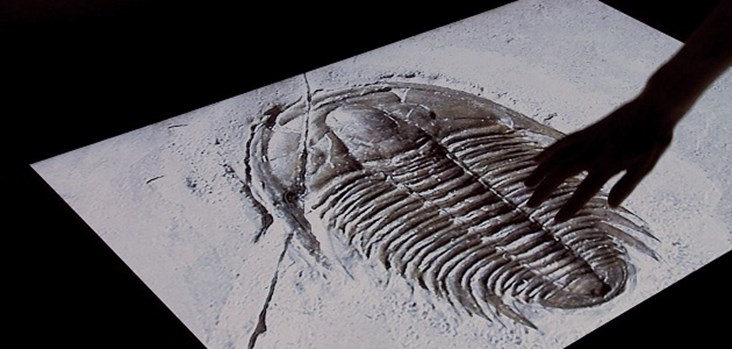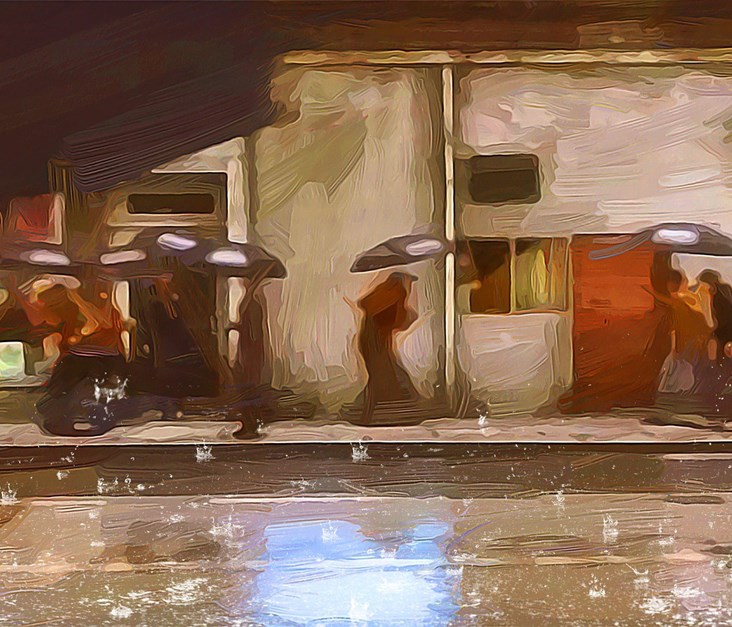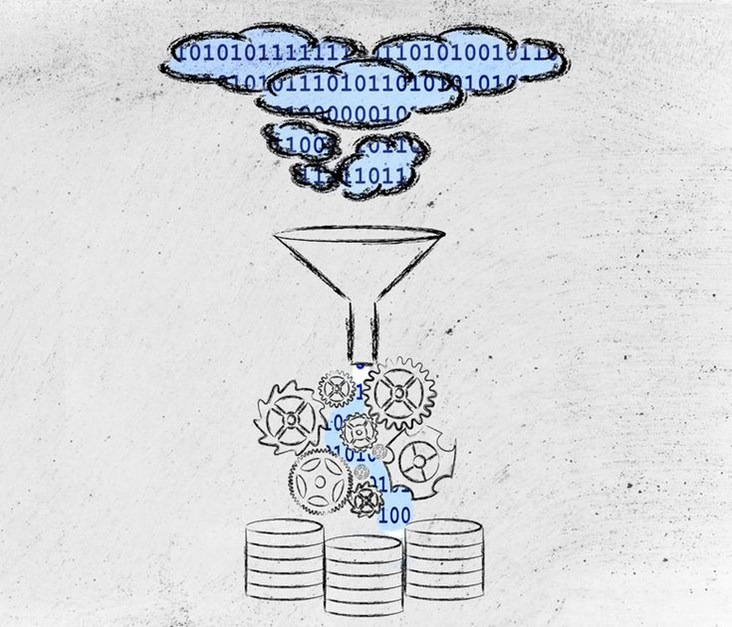Disney Research Develops Algorithm that Allows You to Feel the Surfaces of Objects through Touch Screens
Back
Touch surfaces have been steadily proliferating in every area of our lives. Since the iPhone, we've seen tablets, touch screen equipped laptops, touch screen watches, touch screen e-readers, even touch screen kitchen windows. We now see them in cars, on fridges, in airline seats, etcetera, etcetera. Researchers and scientists are still hard at work to push this technology further.
Tokyo's University of Electro-Communications Koike Laboratory are refining a technology that renders liquids into touch surfaces. Using a Kinect, a depth camera, a projector, bath salt and some water, they devised a system that can detect and track interactions over the surface of water. Disney Research came up with a technique that turns anything into a touch sensing device. By anything we mean: objects, liquids, and even the human body. They called it Touché.
And now Disney is at it again. This time their research is trying to incorporate haptic feedback into touch surfaces. Plain english: you will be able to feel bumps, curves, ridges, edges, protrusions, and texture on a touch screen thanks to a novel algorithm that they've developed.
The touch surface remains completely smooth, but the trick lies in altering the friction encountered as a person’s fingertip glides across a surface.
“Our brain perceives the 3D bump on a surface mostly from information that it receives via skin stretching. Therefore, if we can artificially stretch skin on a finger as it slides on the touch screen, the brain will be fooled into thinking an actual physical bump is on a touch screen even though the touch surface is completely smooth” - Ivan Poupyrev, who directs Disney Research, Pittsburgh’s Interaction Group.
First, the system determines the relationship between the voltage applied to the display and the strength of friction forces. This function is later used to render friction forces proportional to the gradient of the surface being rendered. In other words, an algorithm modulates the frictional forces on a sliding finger in a way that matches the tactile properties of the visual content displayed on the touch screen along the finger’s path.
Latest Business
Intelligence Report













